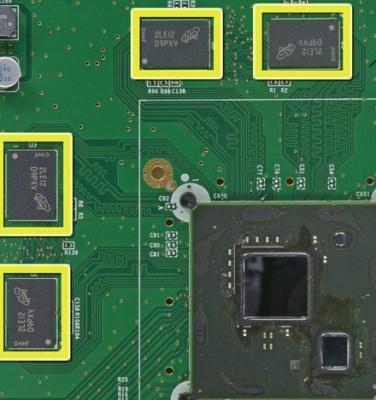Right, if it was based on R700 it would carry ATi branding as well. Going on the assumption that this chip is completely custom then really anything is possible. The consensus at the moment is 40 ALUs/SPU for 320 SPUs @ 352GFLOPS.R700 is still ATI branded! So i dont think its R700 at all! Its custom, but SPUs can be older with 20 ALUs on SPU, so we get a nuber of 160 spus @ 550MHz is 176 gflops.
e6760 has 480 sp's @600MHz. You think they just used the SPU's from that chip and customized everything else?



 Posted by
Posted by


.jpg)

